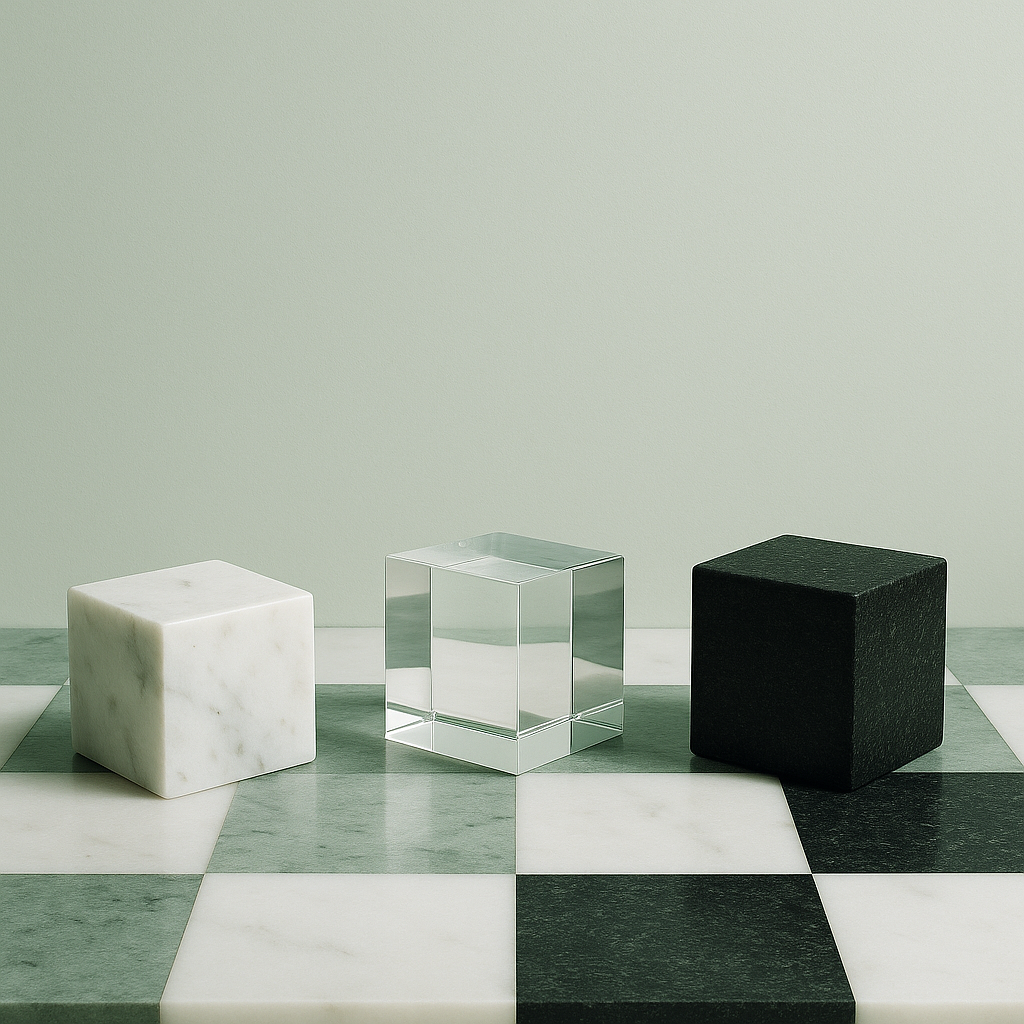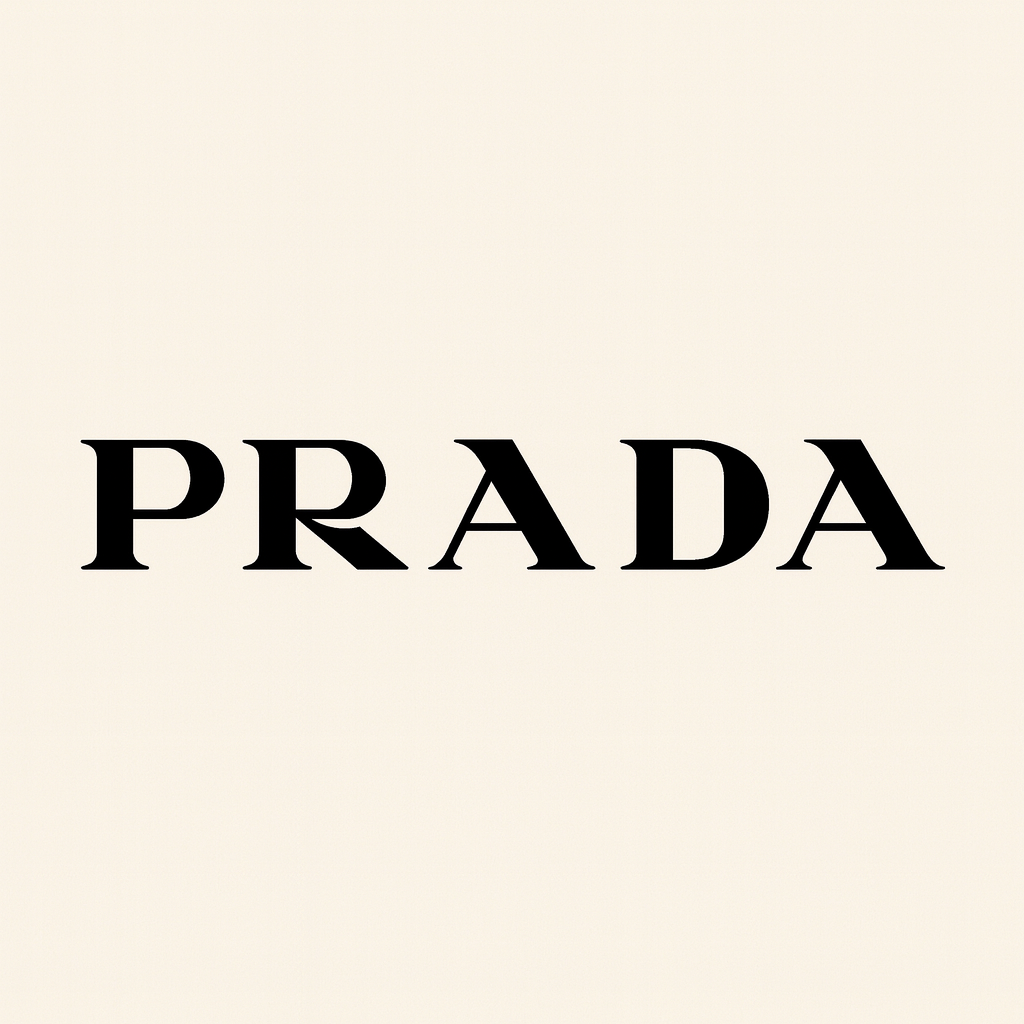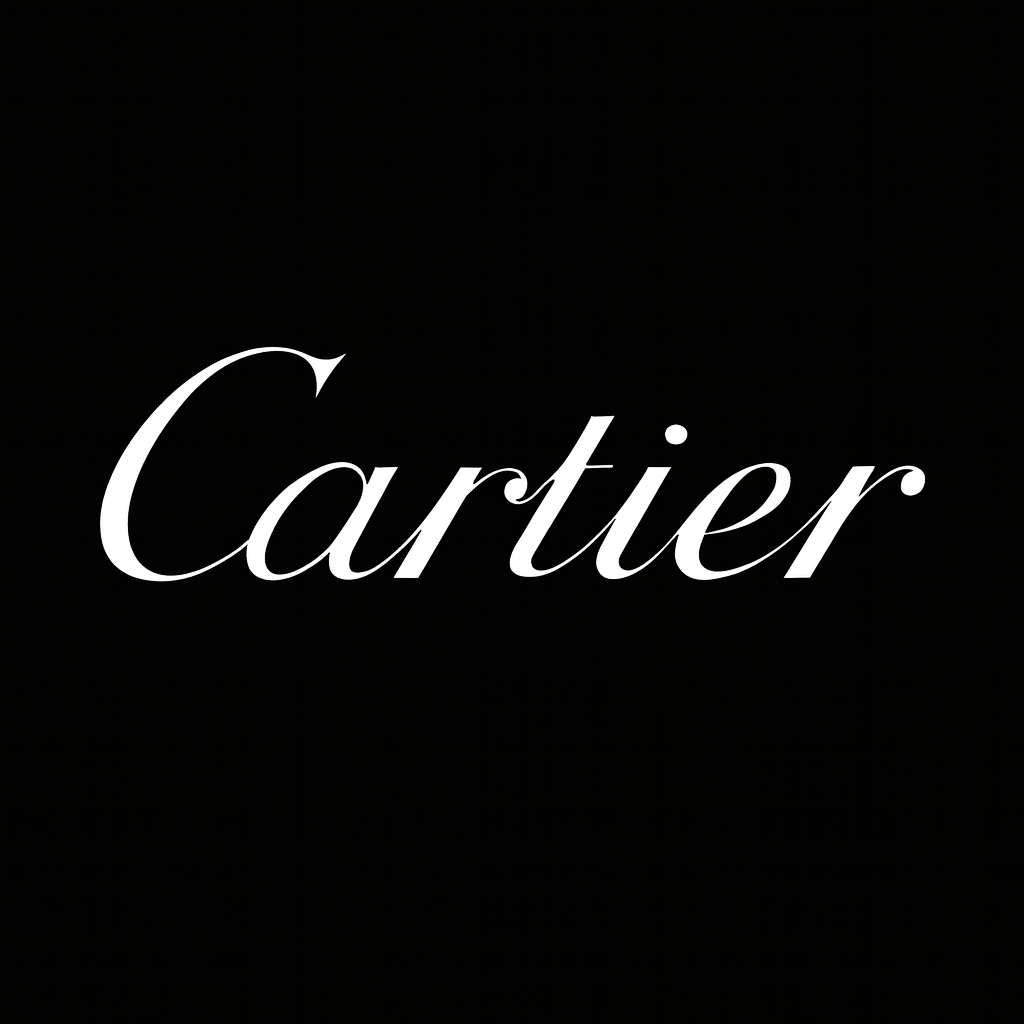
Luxury vs Premium
What makes a brand truly “luxury”? Many of you have asked me this! especially when TikTok keeps showing “exposed” videos of pricey bags that seem cheap to make or sourced from China. Here’s the truth: luxury isn’t a cost sheet. It’s a system of meaning, rarity, heritage, and precise brand behavior.
In this blog, using Kapferer’s framework, I’ll unpack what luxury really is and what it isn’t. We’ll look at how luxury differs from premium, why scarcity and controlled distribution matter, how heritage and storytelling shape desire, and why a luxury brand imposes its taste rather than chasing trends.
Many people dream of one day having a very high income, so they can buy luxury goods and shop from luxury brands. Some entrepreneurs and brand owners are also passionate about building luxury brands and seek answers to this need. But what does being luxury or being a “luxury brand” actually mean? Is every expensive brand considered luxury?
Should all entrepreneurs and brand owners aim to create the dream of a luxury brand? Can we really turn a product into luxury simply by raising its price, or does the world of luxury goods have its own unique codes and rules? Kapferer has written extensively on this topic. In his book, he identifies the distinct characteristics of true luxury brands, and separates them from premium brands, which only share certain features with luxury but are not truly luxury.
Just Raising Prices Doesn’t Make You Luxury
The first point to understand here is that simply raising prices and entering high price ranges cannot, by itself, transform a brand into a luxury brand.
Imagine someone producing clothing and setting prices much higher than the market average. A person who teaches courses may charge several times more than others. A manufacturer may exaggerate production costs and declare a very high price for their product. In these cases, they are simply selling expensively, nothing more; and overpricing is unlikely to sustain long-term customer satisfaction, which eventually erodes loyalty.
Plus, expensive-selling forces a brand to occasionally reduce prices through promotions, discounts, or seasonal sales to maintain demand; something luxury brands do not typically rely on. If you can’t consistently justify and hold your prices, and have to rely on promotions like “buy two, get one free” to move product, you’re not managing a luxury brand. You’re running an overpriced one.
Premium Brands
Premium brands are expensive, but their high price matches the high functional value they deliver to customers. In simple terms: despite the high cost, the customer feels they are getting something worthwhile in return.
For example, imagine a hotel that not only offers a room but also includes breakfast, lunch, and dinner at no extra charge. Perhaps the hotel even has a large indoor water park for its guests. On top of that, it may provide entertainment programs, from live music to free city tours, all included as part of the stay.
Naturally, the cost of staying at such a hotel will be higher compared to others that don’t offer these services. But we cannot call this “overpricing.” Here, we are dealing with a premium service.
Many Asian car brands also fall into this category. For every dollar the customer spends, they receive a wide range of features and amenities. This is the logic of a premium brand.
Of course, we should not forget that these classifications are not always absolute. For example, as Kapferer points out, in Japan Lexus is just another Toyota, but Lexus is considered a luxury car in a country like India. But as a general rule:
Whenever you feel that a brand is forced to provide higher efficiency, more features, and added conveniences in exchange for a higher price, you can say that brand belongs to the premium category, not luxury.
Luxury Brands
There are different theories about defining luxury brands and their characteristics. However, Kapferer, outlines certain features that help us understand what makes a brand truly “luxury.” Lets review those characteristics:
Brands That Go Beyond Functionality
One of the most important features of luxury brands is their unnecessary nature. In short, luxury products are defined by going beyond mere functionality. For example, if someone asks you: “Why do you want this Patek Philippe watch?” and you answer, “Because I want to know the time,” that doesn't make any sense! you could find out the time from your phone or even a cheap digital watch.
Luxury products are not purchased solely for their main function. Ask yourself: would you really pay an enormous amount of money for a box of chocolates just because it tastes sweet? Clearly not.
This shows that luxury brands always carry value far beyond their basic utility: luxury isn’t about function, it’s about meaning, desire, and excess.
Brands That Are Out of Reach
Another hallmark of a luxury brand is inaccessibility. A true luxury brand is one that many people cannot easily obtain. It cultivates a dream in the minds of its audience and encourages them to imagine that one day they might become its customer.
Brands That Don’t Chase Market Share
Toyota’s dream may be that every household has a Toyota in its garage. But that is not (nor can it be) the dream of Rolls-Royce.
Kapferer quotes a Porsche executive who says: “Whenever I see two Porsches parked on the same street, I get worried.” If we accept that a luxury brand should be the dream of many people without becoming easily accessible, then the moment it becomes accessible to everyone, little of its luxury status remains.
Kapferer gives the example of Mercedes-Benz. When the brand decided to produce cars for a much broader customer base (covering many use cases and a wide range of price classes) it increased accessibility. By doing so, Mercedes moved somewhat away from pure luxury and became available to a much wider audience.
Mercedes-Benz eventually reached a point where it had to introduce a separate name for its luxury class: Maybach. It’s understandable, sometimes a brand must create a distinct name to protect and preserve the aura of luxury, separating it from its more accessible, mass-market lines.
Limited and Controlled Distribution
You won’t find luxury brands everywhere. These brands deliberately avoid being accessible to everyone. Their presence in shops and retail spaces is carefully planned, intentional, and highly controlled. This is the opposite of ordinary or premium brands, which usually believe that expanding their sales channels as widely as possible will bring them success.
So, if in a country there is for example, thousands of retail outlets, a true luxury brand would never dream of being present in all of them, even if it were financially possible. Luxury must avoid mass presence, because mass presence erodes its exclusivity and prestige.
Luxury Is Timeless
Luxury services don’t belong in this section, this part focuses on the realm of timeless luxury products, brands and items that last, and whose value and aura do not diminish with the passing of time. They remain relevant and desirable regardless of the passage of time. This is exactly what separates luxury from fashion.
This is why many luxury fashion brands also differ from fast-fashion labels: luxury clothing is not about following trends, but about creating timeless pieces that people live with and cherish. Customers do not expect them to go out of style quickly, nor do they abandon them for the “next season.”
Luxury Brands Have Roots
Luxury brands are more than just products. They are deeply rooted, carrying history, heritage, and tradition that allow customers to form an emotional bond with them.
These roots may be found in unique brand stories, artisanal production methods, or knowledge passed down through generations (such as the craftsmanship of tailoring or watchmaking). Sometimes, a unique culture forms around a brand, turning it into a story that customers pass along and retell.
All such cases share one common feature: a luxury brand is never just about a few products. Instead, it carries with it a powerful story (either rooted in its past or crafted around its aura) that customers buy into. This emotional bond and the story behind the brand make luxury brands so powerful that customers often wish to buy them simply to be counted among those who own it.
For example, when someone buys a Montblanc pen, values the recognition that comes with it. The brand itself becomes a marker of identity, signaling status. In this sense, brands (whether explicitly or subtly) create a kind of community among their customers. They project an image: “By purchasing from us, you elevate your status in the eyes of society.”
Luxury brands sell identity, community, and storytelling, not just products.
Luxury Brands Lead, Customers Follow
When you enter a luxury brand’s boutique, you usually find much less variety and far fewer products compared to a regular brand. A luxury brand does not exist to follow customer preferences or to adapt itself to every need. Instead, it imposes its own taste and vision on the customer.
If you decide to buy a Hermès handbag, for example, it is Hermès’ own aesthetic that is presented to you. You are not given endless choices; rather, you are invited to pick from a limited selection that reflects the brand’s taste, not yours.
A regular brand follows the taste and opinion of the customer, trying to design and produce a wide range of products according to customer demand. It leaves the choice entirely in the customer’s hands. But in Kapferer’s view, a luxury brand defines its product around a dream, a vision, or even a challenge it has set for itself (not as a response to market research, focus groups, or customer surveys).
Now, In your opinion, what features separate the luxury brand from the premium brand? Drop your take in my DMs & I’ll tell you if you nailed it. 😉
By
May 5, 2025
.png)
.png)


